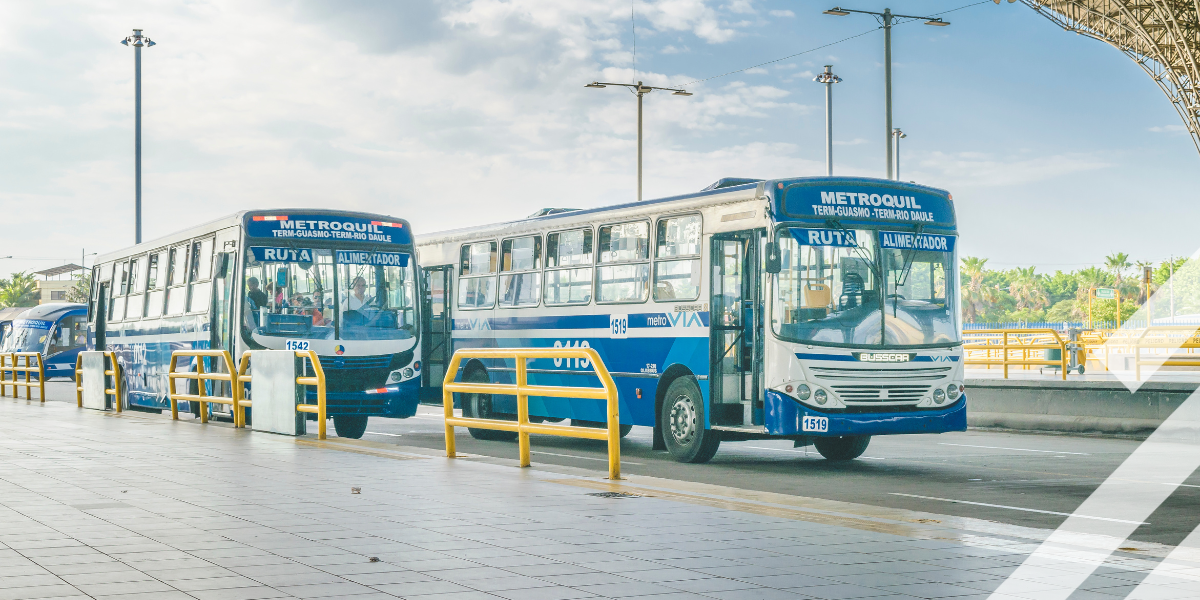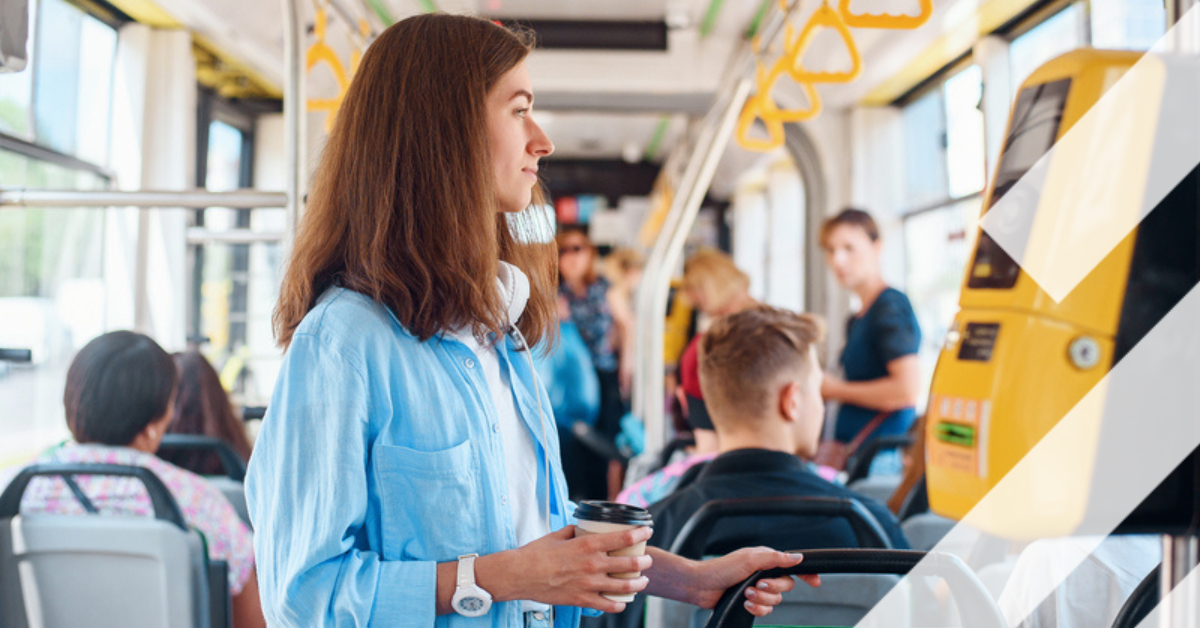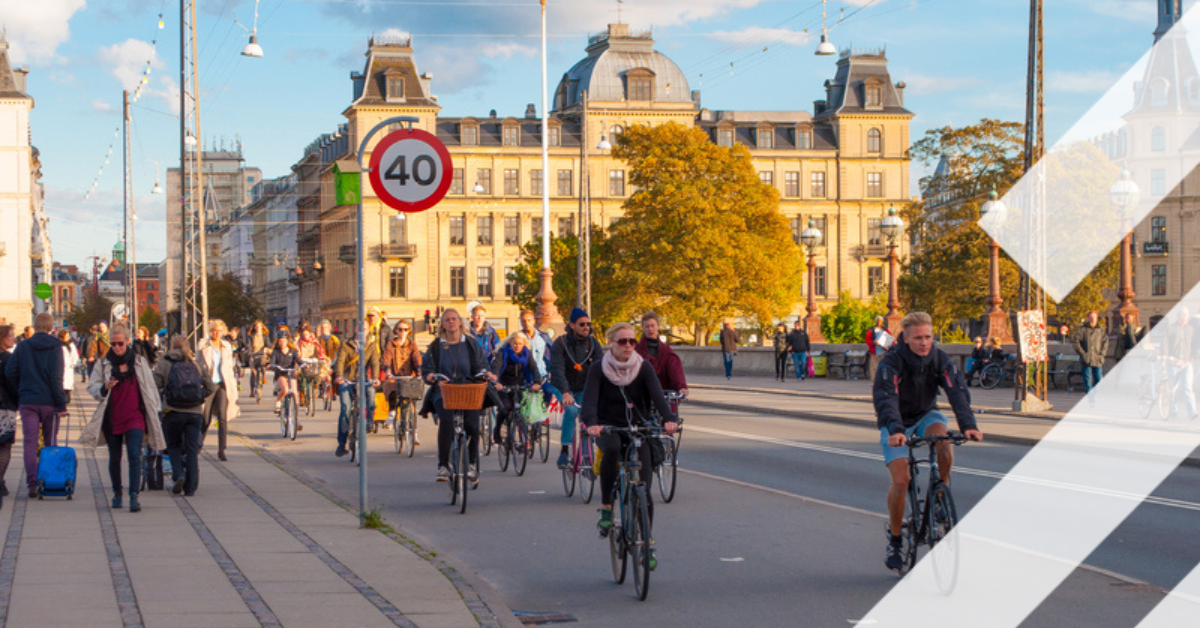Should transport be free?
Can the concept of universal basic mobility (UBM) really take off? In the USA pilots are underway to test the theory that making a certain level of access to transport a basic right will pay dividends across economies
By Jack Roper
Loading component...
Loading component...
Section 2
The $17.8m South Los Angeles UBM Pilot Program will provide a smörgåsbord of transportation options to 2000 lower-income Angelenos and measure the socioeconomic impact. Meanwhile in Pittsburgh, a comparatively modest $250,000 trial will provide 50 residents with access to Move PGH services including public transit, POGOH bike-share, Zipcar car-share and Spin scooters.
Loading component...
Loading component...
Section 4
We recruit low-income residents and randomly sort them into two groups of 50. Our treatment group receive additional transportation resources, whereas our control group don’t. Crucially, we obtain their permission to collect their data, which we de-identify prior to analysis.
It is a dispositive test: one designed to demonstrate that UBM works by comparing outcomes between ex-ante identical groups with and without free mobility. While a sample of 50 may be insufficient to prove the theory conclusively, the results may justify funding for tests on a wider scale.
‘But we must remain open to the possibility it won’t matter much,’ he adds. ‘People face so many barriers. One plausible conclusion could be that transportation is a necessary condition for social advancement, but in itself insufficient unless paired with other social supports.’ But at LADOT, UBM is no dispassionate hypothesis.
For us, universal basic mobility is an operating principle,’ says Llanos. ‘It’s a way we measure every grant, project and initiative. How does it help close the gap and better connect all Angelenos to opportunity? This pilot is a concentrated illustration of that concept.
While initially focused on a 2000-resident cohort, it will simultaneously test the theory and lay groundwork for implementation at scale. LADOT will install safe street and EV charging infrastructure, build public-private partnerships and foster digital access to transportation – all prerequisites to wider provision - and contribute $1m in pilot funds to the Rail-to-Rail Active Transportation Corridor Project.
Loading component...
Section 6
‘The smartphone makes all this possible,’ says Branstetter.
With a smartphone, we can communicate with residents and provide resources with smartphone-enabled payments. With a smartphone, they can access transportation options and – with their permission - we can track their mobility. Technology in almost everyone’s hands gives us incredible reach
Equally crucial is community engagement. In Pittsburgh, the Manchester Citizens Corporation will help identify the correct target population, onboard participants and educate them in using mobility options. LADOT has partnered with the SLATE-Z community organization and created a Residents Advisory Committee to articulate citizens’ own investment priorities.
‘We’re not prescribing options this community should have,’ says Llanos. ‘Since we first submitted the application, we have co-designed the pilot with local residents. It makes a tangible difference, because transportation policy has neglected these neighborhoods over time and we have to rebuild those relationships.’
Loading component...
Loading component...
Loading component...
Loading component...
Share your story
Do you have an innovation, research results or an other interesting topic you would like to share with the professionals in the infrastructure, traffic management, safety, smart mobility and parking industry? The Intertraffic website and social media channels are a great platform to showcase your stories!
Please contact our Sr Brand Marketing Manager Carola Jansen-Young.
Are you an Intertraffic exhibitor?
Make sure you add your latest press releases to your Company Profile in the Exhibitor Portal for free exposure.










